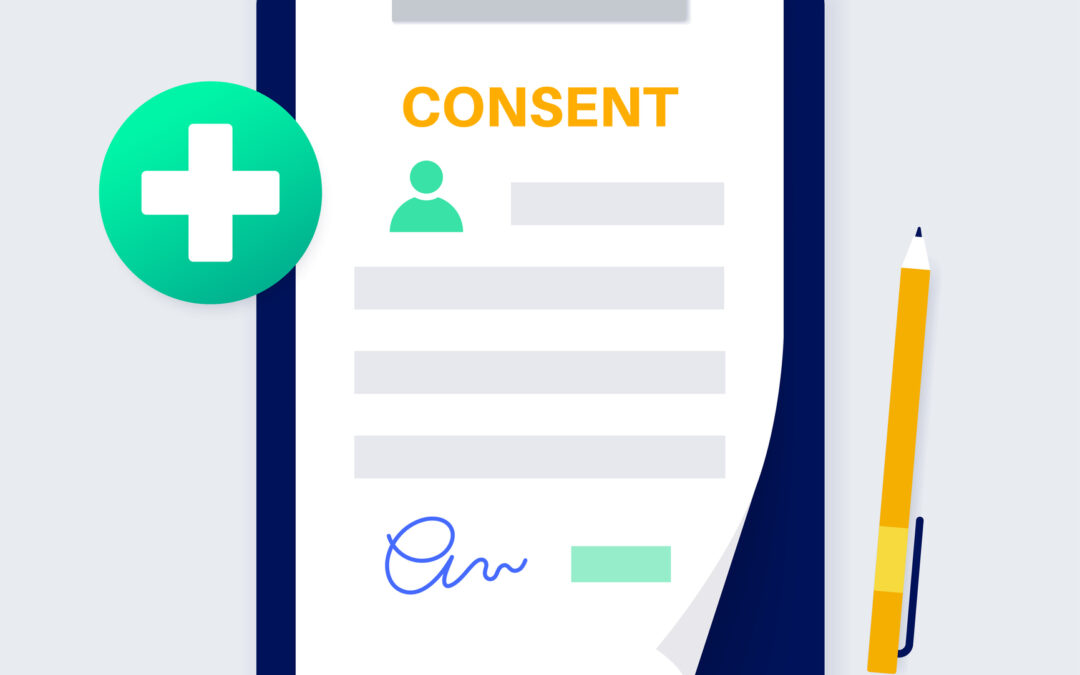In clinical trials, one of the most critical stages is obtaining informed consent from participants. The word “informed” is not just a formality – it is a legal and ethical cornerstone of involving human subjects in research.
Yet in practice, the presence of a consent form doesn’t always mean that patients truly understand what they’re agreeing to. In this context, language becomes more than just a communication tool – it’s a pillar of patient safety and research integrity.
Common Language Pitfalls in Clinical Trials
Word-for-word translations from English
Literal translations rarely work well in clinical settings. While technically accurate, they often result in documents that are difficult for local audiences to understand. Patients – and sometimes even medical staff – struggle to interpret them.
❌ Overly specialised language
Using highly technical terminology may signal expertise, but it often creates a communication barrier. Consider the difference:
- “Randomisation of patients to the placebo arm”
vs. - “Randomly assigning participants to a group that does not receive the active medication”
Only the second version is clear to someone without a medical background.
❌ Ignoring plain language requirements
European regulations—including EMA guidelines and the Clinical Trials Regulation (CTR 536/2014)—explicitly mandate the use of language that is easily understandable to trial participants. This isn’t a recommendation; it’s a legal requirement.
❌ Lack of cultural localisation
Translation is more than converting words. Failing to adapt content to the cultural context of a specific country can lead to mistrust, misinterpretation, and even participant dropout.
What Can You Do to Support Truly Informed Consent?
✅ Create audience-centred content
Medical documents – especially consent forms and patient information sheets – should be written in a clear, concise, and approachable style. The primary goal is patient understanding.
✅ Translate for context, not just language
High-quality translation preserves the meaning of the original text while adapting it to the local cultural, educational, and linguistic landscape. This often requires content adaptation – not just direct translation.
✅ Work with translators specialised in life sciences
Medical, regulatory, and research documents should only be translated by professionals with domain-specific experience. A lack of subject-matter knowledge can lead to critical errors.
✅ Use back translation and linguistic validation
Back translation helps verify that the translated content accurately reflects the original meaning. Linguistic validation – especially for tools like QoL (Quality of Life) questionnaires – is not just best practice, but often a regulatory requirement.
✅ Ensure consistency and compliance
All documentation must align with current legal standards (e.g., GCP, GDPR, CTR) and use consistent terminology. This is especially important in multinational studies, where a single document may exist in multiple languages.
Final Thoughts
Clinical trial documentation shouldn’t just protect the sponsor or satisfy regulatory requirements. Its core purpose is to empower patients to make informed decisions. Only then can we talk about a truly ethical and transparent consent process.
In the end, it’s not about what we want to say – it’s about what the patient needs to understand. And that’s where good language practice in clinical trials begins.
